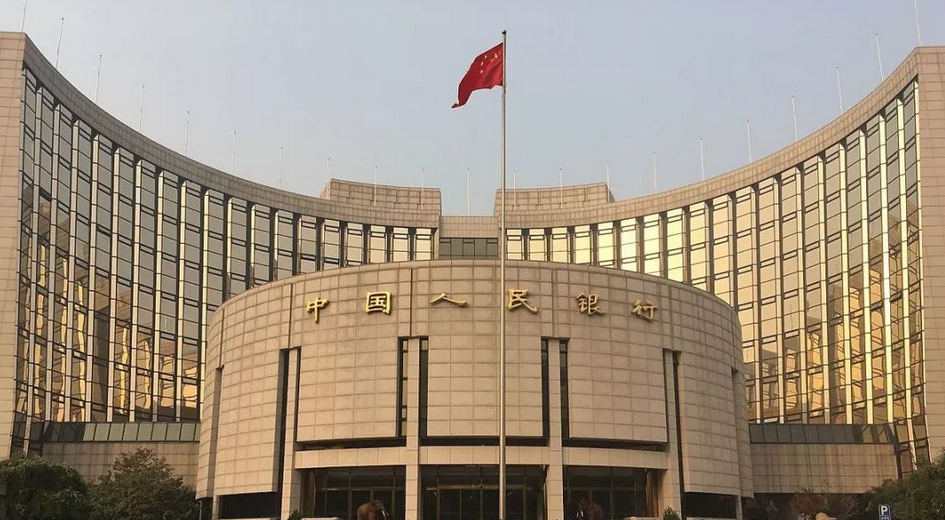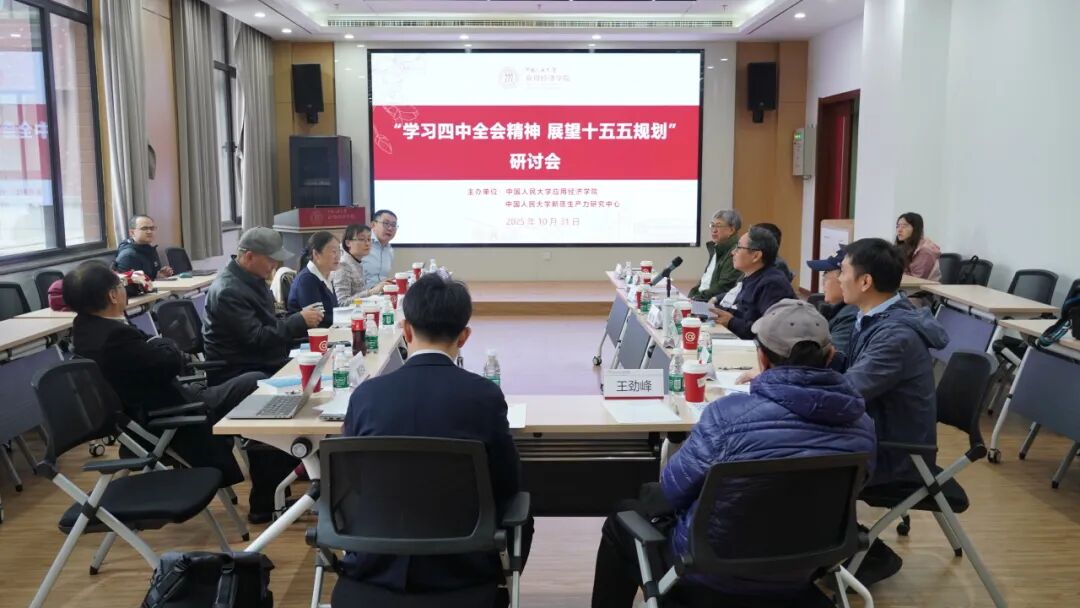随着全球“碳中和”议程的推进,世界多国金融监管机构(以中央银行为代表)也对气候变化问题表现出了巨大的兴趣。然而,中央银行的传统职责(mandate)是维护价格及经济金融体系的稳定,似乎与气候变化不甚相关。中央银行在制定货币政策时,是否应考虑现行气候政策?若考虑气候政策,货币政策本身是否存在改进空间?中央银行是否应在货币政策中显性引入气候相关目标?这些问题在近一段时间受到了广泛讨论。
为回答上述问题,中国人民大学应用经济学院助理教授潘冬阳与来自中英两国的学者陈川祺(中央财经大学)、黄志刚(中央财经大学)、Raimund Bleischwitz(伦敦大学学院)进行了联合研究。研究成果论文《Engaging central banks in climate change? The mix of monetary and climate policy》近日在国际期刊《Energy Economics》发表。
该研究使用纳入环境因素的动态随机一般均衡(Environmental-DSGE或E-DSGE)模型,分析了货币政策与不同气候政策进行搭配的经济效果,并领先性地提出了“气候增强型货币政策”(climate-augmented monetary policy)的概念。

基于模型,该研究发现:
第一,货币政策调控价格体系的效果,会因现行气候政策类型和强度的不同而受到影响。这是因为不同的气候政策对价格体系有不同的含义:碳总量控制(即配额交易)政策下,碳价具有根据供需而变动的灵活性,可以在一定程度上抵消经济受到外生冲击后产生的物价波动;而碳税政策下,碳价固定,无法抵消冲击后的任何价格波动。另外,气候政策强度的不同,会带来不同的碳价,以致物价体系的不同。因此,货币政策的制定过程应该考虑现有气候政策的类型和强度。
第二,如果在货币政策分析框架中考虑现有的气候政策,则传统货币政策泰勒规则中对通胀和产出的反应系数可加以调整,从而使货币政策更好地应对价格波动、提高社会福利水平。气候政策的类型和强度,都会影响最优反应系数的取值。
第三,通过在货币政策规则中加入温室气体排放相关目标来构建“气候增强型货币政策”,并合理设定新目标的反应系数,能够使货币政策更好地应对价格波动、提高社会福利水平。然而,在某些特定外生冲击下,这种激进的货币政策可能无法同时实现提高社会福利与应对气候变化(减少温室气体排放)的目标,造成两难局面。因此,在缺乏更多研究支撑前,该论文建议中央银行暂不将气候目标显性地纳入狭义的货币政策规则。
该研究为不仅为各国央行开展涉气候变化相关问题的分析提供了一种模型方法,也为其合理、适度参与应对气候变化进程,提供了理论参考。
原始论文摘要如下:
Engaging central banks in climate change? The mix of monetary and climate policy
Chuanqi Chen, Dongyang Pan, Zhigang Huang, Raimund Bleischwitz
Given the recent debate on the role of central banks under climate change, this research theoretically investigates the mix of monetary and climate policy and provides insights for central banks who are considering their engagement in the climate change issue. The “climate-augmented” monetary policy is pioneeringly proposed and studied. We build an extended Environmental Dynamic Stochastic General Equilibrium (E-DSGE) model as the method. By this model, we find the following results. First, the making process of monetary policy should consider the existing climate policy since it is a factor that can influence price level and inflation. Second, the reaction coefficients in traditional monetary policy rule can be better set to enhance welfare when climate policy is given. This provides a way to optimise the policy mix. Third, if a typical-form climate target is augmented into the monetary policy rule, a dilemma could be created. This means that it has some risks for central banks to care for the climate proactively by using the narrow monetary policy (interest rate).
原始论文下载地址:https://authors.elsevier.com/a/1diQUW3fcodf0
相关新闻
-

应用经济学院党委举办第十三期入党积极分子培训班第一讲暨“先锋闯将训练营”系列讲座
2025/11/07
-

就业主题分享会“玉华talk:迈向理想岗位求职全攻略”举办
2025/11/06
-

“学习四中全会精神 展望‘十五五’规划”研讨会举办
2025/11/05
-

锚定“关键前八周”,双主校区启新程
2025/11/05



